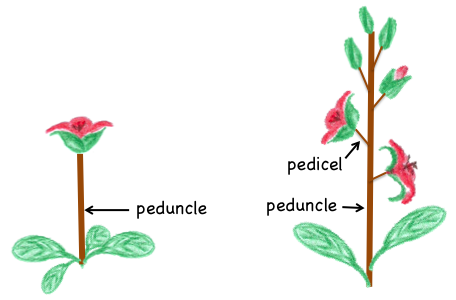
Inflorescences
An "inflorescence" is a group of flowers on a plant. Flowers may occur singly in leaf axils or at the tip of a stem, or they may occur in groups. Where flowers occur in groups, their arrangement is described as one of several, recognized inflorescence types.
The main stalk of an inflorescence or of a solitary flower is called a peduncle.

If the inflorescence has more than one flower, the stalks of the individual flowers in the inflorescence are called pedicels.
Some inflorescences grow apically and indeterminately, like a regular branch does. Young flowers continue to be produced at the tips of the main axis and any branches of the inflorescence, leaving behind the older flowers. There are several of these types of inflorescences: spikes, racemes, panicles, catkins, umbels, heads, and others. These are described below.
Elongate, indeterminate inflorescences include spikes, racemes, panicles and catkins.
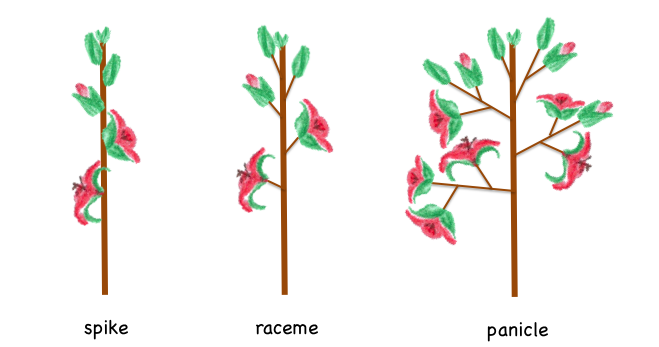
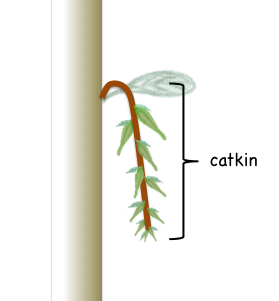
A catkin is like a spike or a raceme with very short pedicels, but...
The flowers in a catkin generally have reduced perianths (or none) and are wind-pollinated,
Umbels are extremely short inflorescences in which the branches of the inflorescence all appear to originate from the same point. The term comes from the same root that gave us the term "umbrella", refering to the spoke-like arrangement of the inflorescence branches.
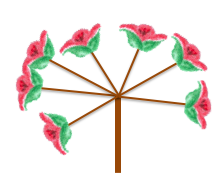
Compound umbels are more highly branched, and are "umbels of umbels"

Heads of flowers have flowers that are attached to a common receptacle.

Note the younger flowers toward the center. If this were a more elongate inflorescence, like a spike, that center point would be the tip of the flowering stem.
(insert reflective question, showing umbel or head with younger flowers in center)
In some inflorescences, the apical meristem of a flowering stem produces a flower and stops growing. The flower is terminal.
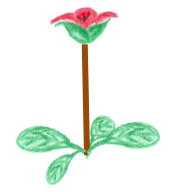
Solitary flowers may be produced by apical meristem on the main axis of a plant (above)
... or by the apical meristem of a branch (below). If branches produce solitary flowers, the flowers are found in the axils of leaves. In both cases, the flower is terminal, the last thing produced by the apical merstem of the flowering stem, and the flowering branch or stem stops growing.
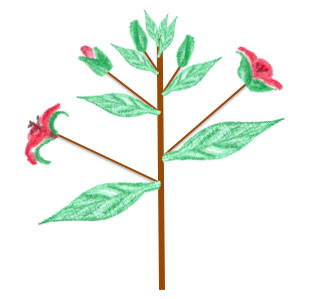
Cymes are similar to solitary flowers in that the first flower to bloom is a terminal flower. However, a cyme produces additional flowers on lateral branches below (proximal to) the terminal flower.
The simplest cyme has three flowers: an older terminal flower, and two younger flowers on branches below it. This is often called a dichasium.
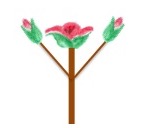
More highly branched cymes occur on many species, but the developmental pattern is the same: each branch stops growing when it produces its first, terminal flower, and further flowers are produced on two branches below that flower:
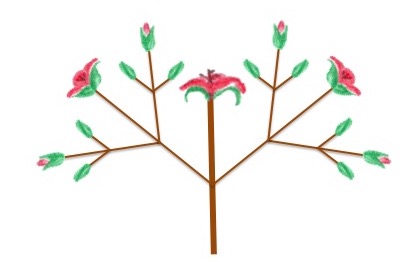
In some species, cymes produce only one branch below the terminal flower. Where branches are repeatedly produced to one side of the inflorescence, the result is a coiled inflorescence, or coiled cyme:
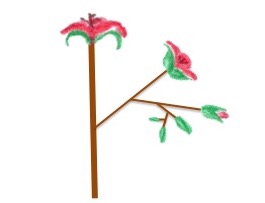
Coiled cymes often look as if the youngest flower is at the tip of a continuously growing, coiling raceme. Developmentally, however, the oldest flower is terminal and subsequent flowers are produced repeatedly on branches.
Check your understanding:
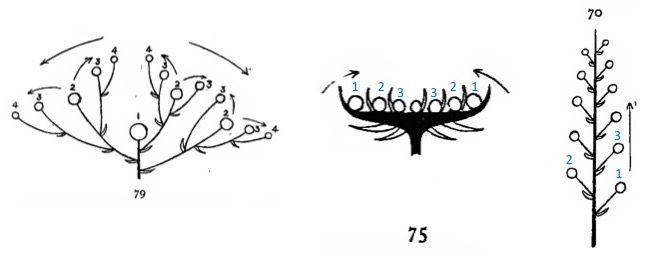
Plants produce a variety of inflorescences, and they sometimes do not fit neatly into the patterns described so far. However, many of these are combinations of the patterns discussed here. For example, some plants produce axillary umbels (i.e, there is an umbel in the axil of each leaf). Some produce a panicle of heads (heads of flowers arranged in a panicle), some produce panicles of umbels (umbels arranged in a panicle), some produce panicles of racemes (racemes arranged in panicles), etc.
Bracts may occur within an inflorescence or below an inflorescence. The term "bract" refers to a reduced or scale-like leaf that is associated with a flower or inflorescence. Bracts may subtend individual flowers, branches in an inflorescence, or the entire inflorescence.
Sometimes it is difficult to tell whether to classify a leaf as a regular foliage leaf or as a bract. This is particulary true when trying to determine whether a plant has solitary axillary flowers or a bracted raceme:
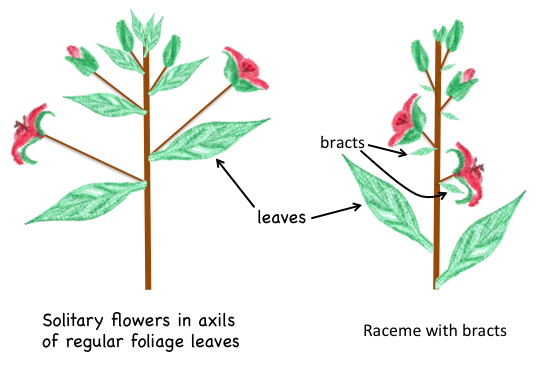
Some bracts occur in groups at the base of an entire inflorescence. These bracts may make up a structure called an involucre.
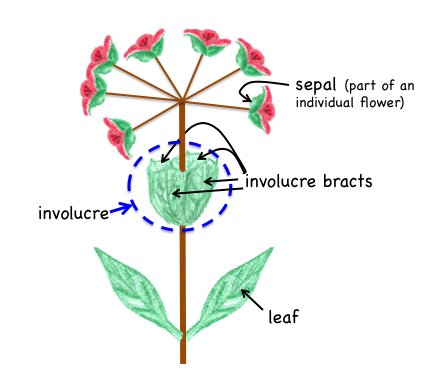
In the Asteraceae (the sunflower family), flowers occur in heads. Each head has an involucre, and the bracts of the involucre are called phyllaries.
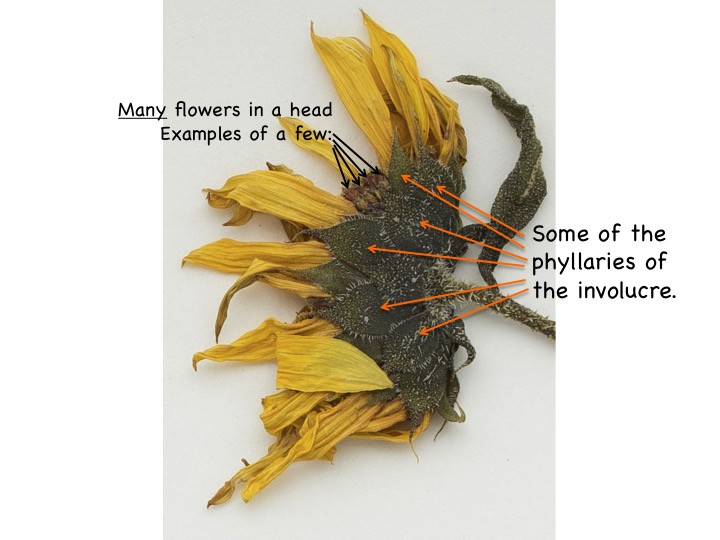
Test your understanding: